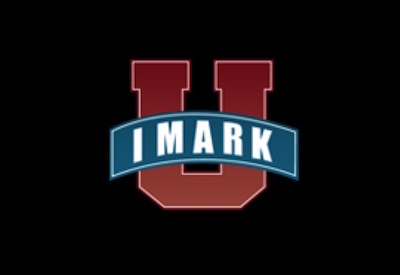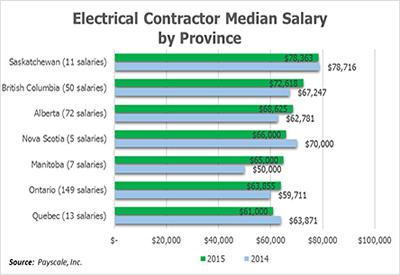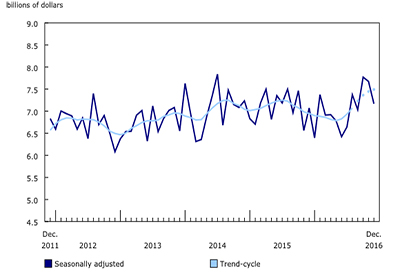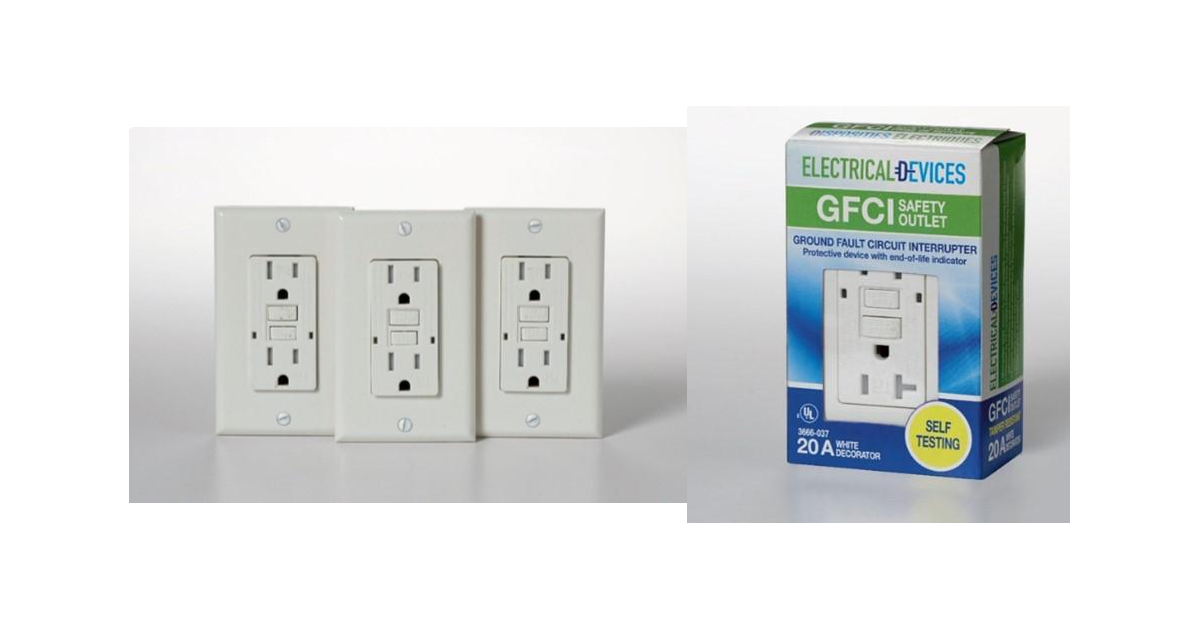Six Tactics to Maximize the Purchasing Function: Tactic 6 — Consistency and Fairness

Jan 28 2016
Barry Olson
This article is the last in a series of six tactics in which the electrical contractor can maximize purchasing power and profitability though procurement.
During the course of this year, I have shared five tactics that I hope have assisted you in making better buying decisions. I covered topics that included taking advantage of economies of scale, time and valuation of materials, as well as some caveats about the your vendors’ persuasion techniques. For this last tactic, I explore the keys to successful buying regardless of your current ways and means of procurement.
To be successful in your buying efforts, you must decide what actually constitutes success. If success for you is measured on individual job buyouts and beating job budgets, then a strategy built around the lowest net cost will work well for you. If your measure of success involves targeting specific jobs and niche work, then a longer-term approach involving vendor partnerships would be in order. The difference between each of these strategies is more a question of time than anything else because a vendor partnership is difficult to develop overnight, but both strategies have their place and will contribute to your bottom line.
The secret to making either or both of these strategies work for you is consistency and fairness. Vendors will work with whatever strategy you choose, but to maximize the return of your efforts, you must be clear about the rules. Establishing a set of rules and holding to them clarifies your intentions and expectations and will give your vendors the ability to give you their best efforts. In the lowest net price scenario, put your vendors on notice that your decision will be based strictly on price. Also, make sure to let them know that you will review all bills of material to ensure the prices reflect a fair comparison. In the vendor partnership scenario, tell the vendors that you are committing to them as long as their pricing remains competitive. If, for some reason you discover a lower price, then bring that information to your vendor partner. In a worst-case scenario, giving your vendor partner the first right of refusal is required to prove your intentions, but it still offers a way to gracefully end the partnership on that particular project with no hard feelings.
If you choose to go with the lowest net cost, ensure your vendors are aware that the price they offer for buyout on a project will be their only chance to write the order. Do not play the game of calling two vendors and offering them the order if they beat another vendor’s price. This practice undermines your ability to truly receive a vendor’s best price because they start to view the process as a rigged game and will become unmotivated to take part in future bids.
If your strategy involves partnering with vendors, then once you have chosen a vendor team, stick with them. Abandoning a previous commitment solely because of a potentially lower price will strip away any goodwill and trust you previously established. This doesn’t mean you should ignore a lower priced package, but it does mean bringing your vendor partner in and letting them know they need to work on a better price to remain competitive. Sometimes, a vendor partner might not be able to reach the price required, but to be fair, partnering with a vendor demands the first right of refusal.
Every contractor has a different procurement model. Some want their project managers to direct buyouts and are decentralized in nature; others have a more centralized system in which the purchasing department must be used for any purchase. Further, many contractors have a blend of both models that works best for their needs. The good news is that whatever means of procurement you are currently using is probably in place because it has served you well in the past. There is no reason to change your current procurement system unless it isn’t working or if it is providing inconsistent results. The key to maximizing your spend regardless of the procurement system you have in place is to make the process consistent and repeatable. This also doesn’t mean you need to choose between the lowest net cost approach or the vendor partnership approach as an overall philosophy, but you must define which approach you intend to take for each specific job and stick to it.
One of the biggest issues I have run into over and over again is when the estimating department takes the vendor partnership approach during the bid process, and after a project is won, the buyout team decides to take the lowest net price approach. This practice not only confuses and creates discord among your vendors, but also gives them reason to stop supporting your estimator’s efforts to obtain competitive pricing. We all know that estimating is the key to obtaining future work. Why would anyone want to sabotage their function? Unfortunately, that is precisely what happens when a procurement strategy is not in place from the beginning of the bid process and followed through upon project buyout.
Understanding how best to work with their customers is one of the biggest challenges a vendor has. By developing consistent and fair guidelines for procurement, you are helping them interpret what strategies they can use to help you be more successful. Every good vendor realizes they can’t receive every order you need to place; they just want to be treated fairly and trust that their hard work will pay off in the end. By offering your vendors the clarity of your expectations for a specific job up front and then following through on that plan when you win a contract, you are creating an environment that will deliver consistently competitive pricing that will help you win even more future work.
I sincerely hope this series of six tactics has offered information that you can apply to your current organization and even more so helped maximize the profitability of your project buyouts. The procurement function is often overlooked in many firms, yet it has the potential to contribute greatly to the bottom line if run strategically and consistently.
Barry Olson has 25 years of purchasing experience with large union contractors and is currently the director of purchasing for SASCO in Southern California. He holds a Bachelor’s degree in organizational leadership, is nearing completion of a Master’s degree in the same discipline, and plans to continue his studies with a Ph.D. Barry can be contacted at BarryOlson@Outlook.com.
This article has been reprinted with the permission of Electrical Contractor Magazine. The series originally appeared on ECmag.com in 2015.
Read the first five articles, on
• economies of scale
• pricing
• time
• influence
• know your prices

















